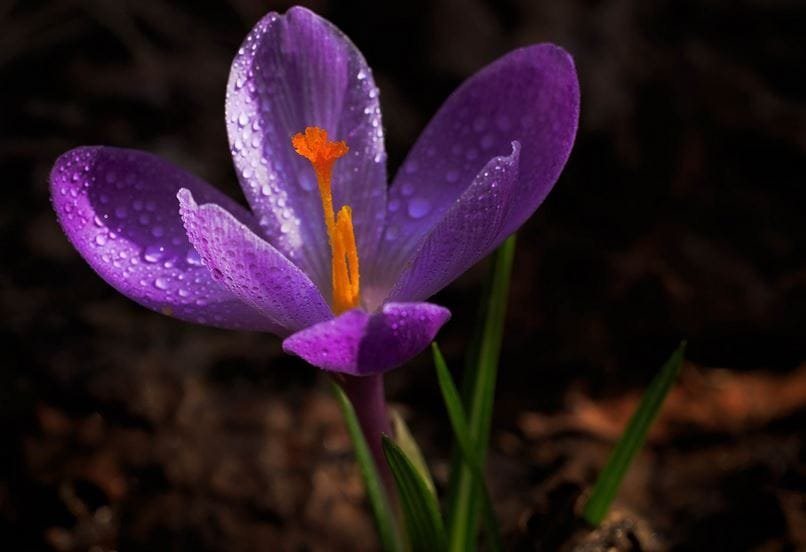 Understanding the Different Types of Saffron
Understanding the Different Types of Saffron
Saffron Types and Their Quality
When purchasing high-quality saffron, it’s essential to familiarize yourself with the various classifications and their differences. The key factor in identifying different saffron types lies in the method of cleaning and the part of the saffron stigma that separates from the flower’s style. Generally, the more red the saffron threads are, the higher the quality and potency.
Each saffron strand consists of two important parts: the red part (stigma) and the white part (style), which help in recognizing the different types.
Popular Saffron Types and Their Characteristics
The saffron types are categorized based on the arrangement of saffron threads, as shown in the image above. The tips of the three-branched saffron threads are considered to be top-grade saffron (Saffron Serkel), which contains no yellow parts, although some broken threads might be present. If saffron threads come from a section where all parts are red and the three branches do not separate, it is classified as Pure Saffron (Neggin).
How to Identify Saffron Types
Saffron Serkel
Saffron Serkel is one of the most sought-after saffron types due to its superior quality. This variety primarily consists of red stigmas, with no yellow parts (style) included. It is commonly exported and packaged for sale, making it one of the premium choices in the saffron market.
Saffron Neggin
Saffron Neggin, known for containing only the complete red stigmas, is the highest quality saffron available. This type is widely exported and is highly prized outside of Iran due to its purity and superior appearance.
Saffron Pouchal
Saffron Pouchal differs by containing both yellow and red parts of the saffron, making it more affordable than Neggin and Serkel varieties. The presence of yellow remnants reduces its price compared to the other premium types.
Other Popular Saffron Variants
Saffron Hand-Picked Varieties
Saffron Categories:
- Saffron Taghzi is the most basic type, containing a mix of both red and yellow parts.
- Saffron Pouchal Kalhandar consists of thick, straight saffron threads.
Understanding Saffron Neggin Qualities
Saffron Neggin is favored for its finer texture, with uniformly bright red threads and no yellow parts. These threads are larger and more uniform than other saffron types, making Neggin desirable for both culinary and export use.
Saffron Kalhandar and Its Significance
Saffron Kalhandar is a variety known for balancing thickness and lightness. This saffron is popular in higher-end markets due to its superior quality.
Saffron Neggin remains the gold standard in the saffron market. For those seeking top-tier saffron, understanding the distinctions and characteristics of Neggin ensures the best choice.
Important Factors for Determining the Best Saffron
The best saffron varieties—such as Super Neggin, Serkel, and Neggin—contain only red stigmas, free from yellow remnants. These varieties deliver exceptional flavor and color in both cooking and tea preparation.
Recognizing the saffron threads’ quality and purity is key to making the best selection. By understanding the differences between these varieties, you can ensure you’re getting the most value for your money.
Saffron Neggin Quality Explained
Saffron Neggin stands out as the highest-grade saffron for culinary use, known for its refined flavor and vibrant color. Because of its quality, it remains the top choice for international export.
Chefs and culinary professionals prefer premium saffron varieties like Neggin for their distinctive taste and aroma. When selecting saffron, choose pure Neggin or Serkel for superior results.
Conclusion
The best saffron types—Saffron Serkel, Saffron Neggin, and Saffron Pouchal—are the preferred choices for those seeking pure, high-quality saffron. Their superior quality guarantees excellent flavor, aroma, and color, making them ideal for both culinary and medicinal uses.







Get Social